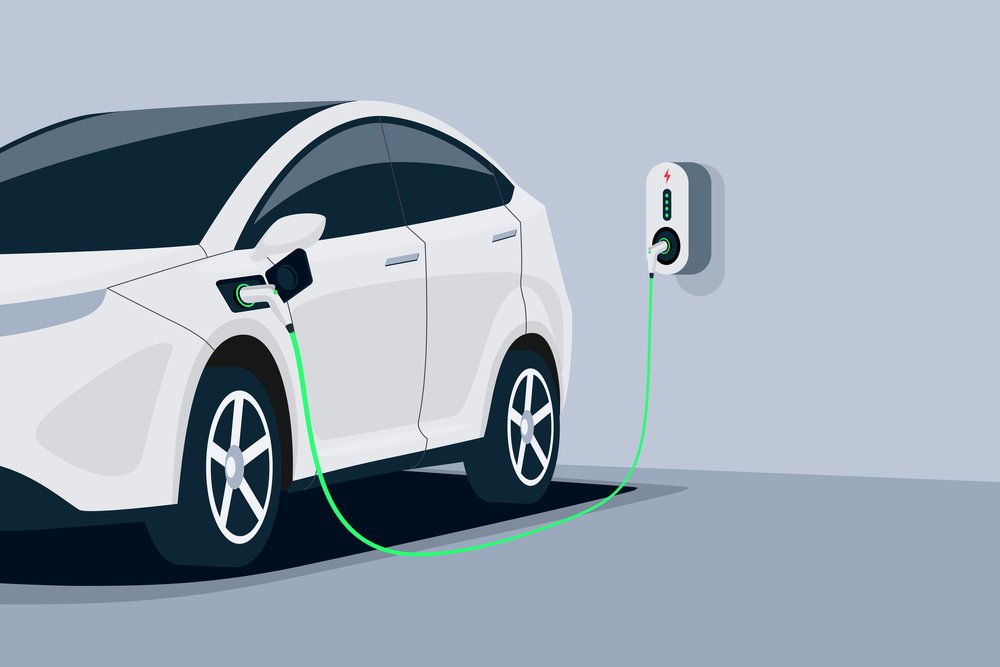
Drivers are quickly finding ways to bypass safety limits in partially automated driving systems, according to a new study from the Insurance Institute for Highway Safety (IIHS), raising questions about how effectively these systems prevent risky behaviour.
The study examined how drivers interact with advanced driver assistance systems (ADAS) like Tesla’s Autopilot, GM’s Super Cruise and others, which are designed to assist with tasks like steering, braking and lane-keeping.
While these systems are intended to enhance safety, they rely on the driver remaining attentive and ready to take control. However, the IIHS report reveals that drivers are finding creative ways to sidestep the very safeguards that are meant to ensure their engagement.
Researchers found that drivers of vehicles equipped with these systems can easily trick the monitoring features, such as placing objects on the steering wheel to mimic hands-on driving or using simple hacks to bypass alerts meant to keep them engaged. This behaviour allows them to disengage from the driving task for extended periods, undermining the purpose of the safety features.
“The study underscores a major gap in the effectiveness of these systems,” said Alexandra Mueller, the study’s lead author. “By circumventing the safety features, drivers are essentially nullifying the systems’ ability to reduce risk.”
Partially automated systems like Autopilot and Super Cruise require periodic driver interaction to ensure attentiveness, but the study found that even more advanced systems, such as GM’s Super Cruise, which uses cameras to monitor eye movement, are not immune to workarounds. While eye-tracking systems are a step up from basic steering wheel sensors, drivers can still fool the technology by using eyewear or making brief glances to trigger the system.
The IIHS has called for stronger regulations and more robust safeguards to address these issues. Suggestions include limiting the amount of time that automated features can remain engaged without manual input, implementing stricter driver monitoring systems and improving the design of these technologies to prevent circumvention.
Mueller and her team argue that as automated technology advances, it’s crucial to develop systems that better account for human behaviour and the tendency to misuse or override safety features.
“The problem is not just in the technology itself but how drivers interact with it,” Mueller added. “People find ways to make the systems work for them, even in ways they weren’t designed for, which puts everyone on the road at risk.”
With automation becoming increasingly integrated into the modern vehicle, the report concluded that manufacturers need to focus not only on developing cutting-edge technology but also on implementing safeguards that truly deter unsafe driving practices. In doing so, the automotive industry can better ensure that partial automation systems contribute to improved road safety rather than inadvertently enabling reckless behaviour.
Image credit: Depositphotos.com













Leave a Reply